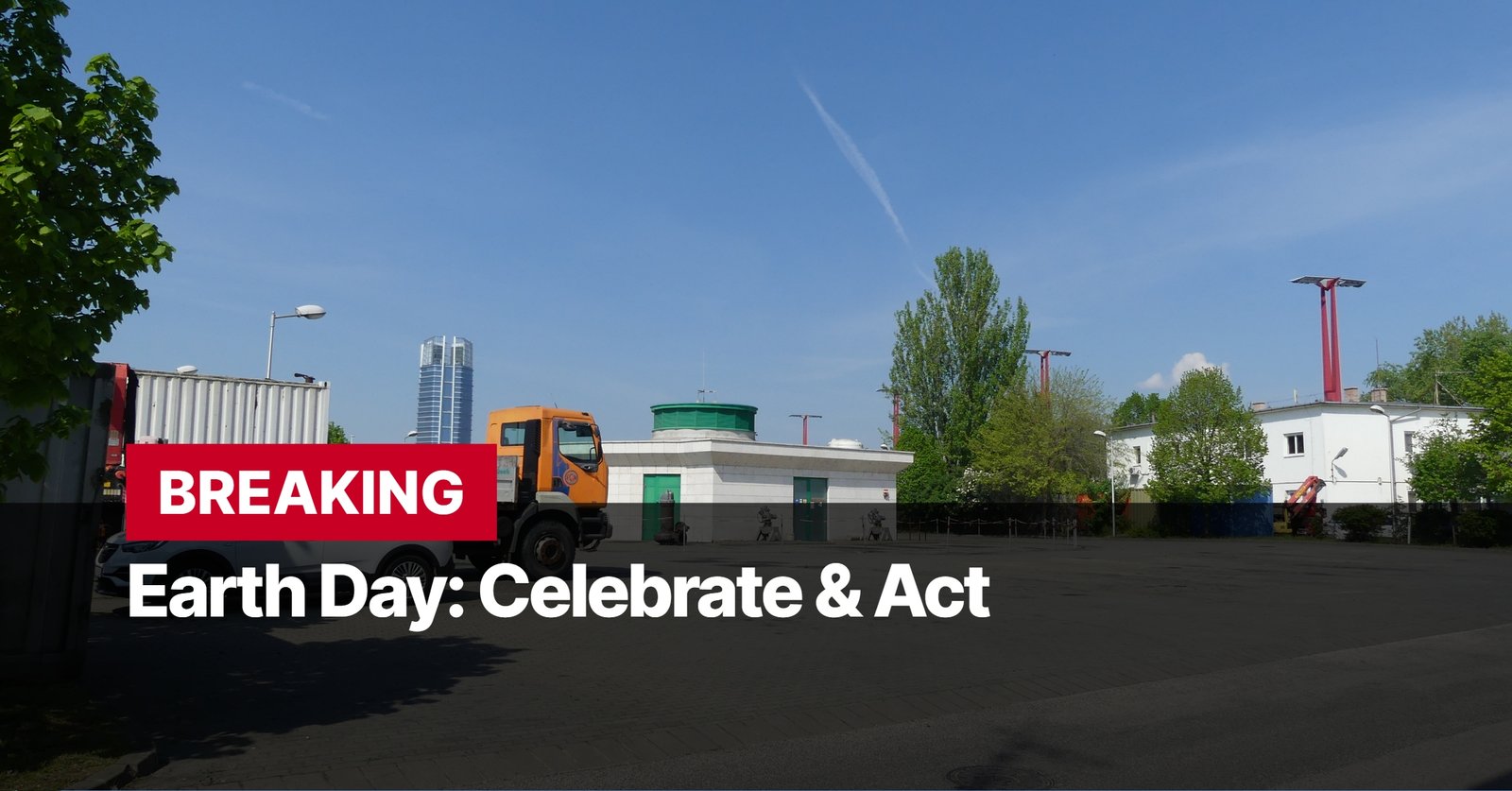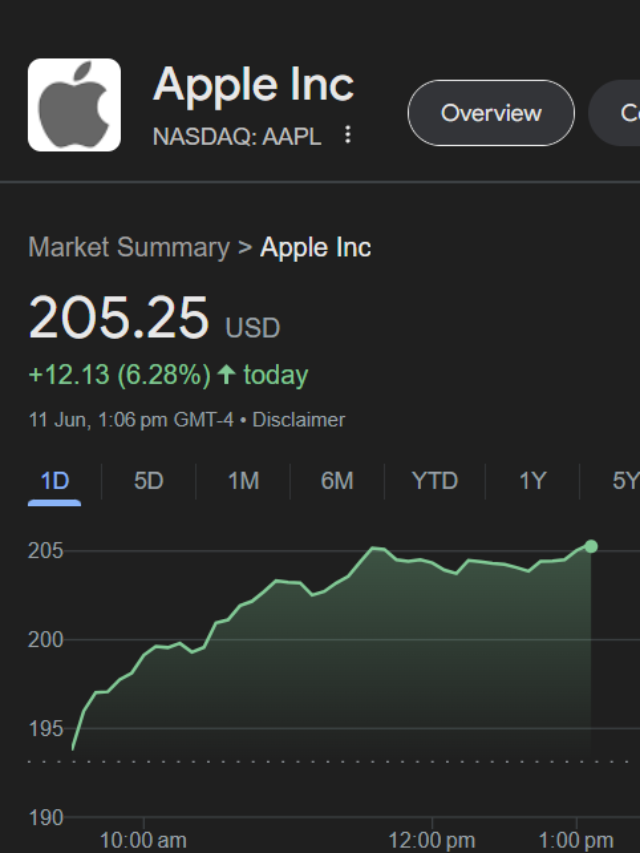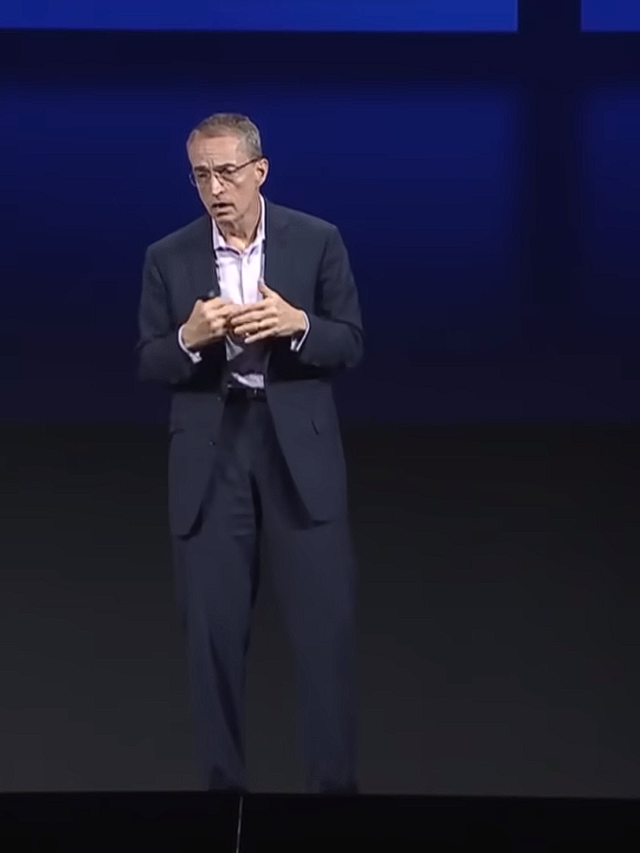April 22nd marks a significant date on the global calendar – Earth Day. This annual event, first celebrated in 1970, serves as a powerful reminder of the importance of environmental protection and sustainability. It’s a day for individuals, communities, and nations to reflect on the impact of human activity on the planet and to renew their commitment to creating a healthier, more sustainable future.
The Genesis of Earth Day:
Earth Day’s origins lie in the growing environmental awareness of the late 1960s. Inspired by the anti-war protests of the time, a US Senator and environmental activist envisioned a nationwide teach-in focused on environmental issues. This vision materialized on April 22, 1970, with millions of Americans participating in demonstrations, educational events, and rallies across the country.
This first Earth Day is widely credited with galvanizing the modern environmental movement. It played a pivotal role in raising public consciousness about pressing environmental concerns such as pollution, deforestation, and the loss of biodiversity. Furthermore, it catalyzed significant legislative action, including the creation of the Environmental Protection Agency (EPA) in the United States and the passage of landmark environmental laws like the Clean Air Act and the Clean Water Act.
Earth Day Today: A Global Movement
Over the decades, Earth Day has evolved into a global phenomenon, observed by over a billion people in nearly 200 countries. It has become a platform for diverse voices to advocate for environmental protection, sustainability, and climate action.
The annual event encompasses a wide range of activities, from community clean-ups and tree planting initiatives to educational programs and advocacy campaigns. It serves as a catalyst for individual and collective action, empowering people to make a difference in their local communities and beyond.

The Significance of April 22nd
Earth Day’s date, April 22nd, holds symbolic significance. It was strategically chosen to maximize student participation during the academic year, bridging the gap between the spring break and final exams. This ensured that colleges and universities could play a central role in mobilizing young people for the environmental cause.
Earth Day and Climate Change
In recent years, Earth Day has become increasingly intertwined with the urgent issue of climate change. The growing scientific consensus on the severity of the climate crisis has made it a central focus of Earth Day events and campaigns.
The Paris Agreement, a landmark international treaty aimed at limiting global warming, was signed on Earth Day in 2016, underscoring the event’s importance as a platform for global climate action.
Challenges and Opportunities
While Earth Day has achieved significant milestones in raising awareness and driving environmental action, substantial challenges remain. Climate change continues to pose an existential threat, biodiversity loss is accelerating, and pollution levels remain alarmingly high in many parts of the world.
However, Earth Day also presents an opportunity for renewed commitment and action. It serves as a reminder that collective efforts can make a difference. Through individual actions, community initiatives, and policy changes, we can work towards a more sustainable and equitable future for all.
Earth Day 2024 and Beyond
As we approach Earth Day 2024, it’s crucial to reflect on the progress made and the challenges that lie ahead. The theme for Earth Day 2023 was “Invest in Our Planet,” highlighting the need for individuals, businesses, and governments to prioritize sustainable practices and invest in solutions to the climate crisis.
Moving forward, Earth Day will continue to be a vital platform for advocating for environmental protection, climate action, and a more sustainable future. It’s a day to celebrate the achievements of the environmental movement, to acknowledge the ongoing challenges, and to renew our commitment to creating a healthier planet for generations to come.
Conclusion
April 22nd is more than just a date on the calendar. It’s a symbol of global unity and a powerful reminder of our shared responsibility to protect the planet. Earth Day’s legacy of activism and advocacy has brought about significant change, but the journey towards a truly sustainable future is far from over. As we mark Earth Day each year, let us recommit ourselves to individual and collective action, working together to build a world where both humanity and nature can thrive.



















